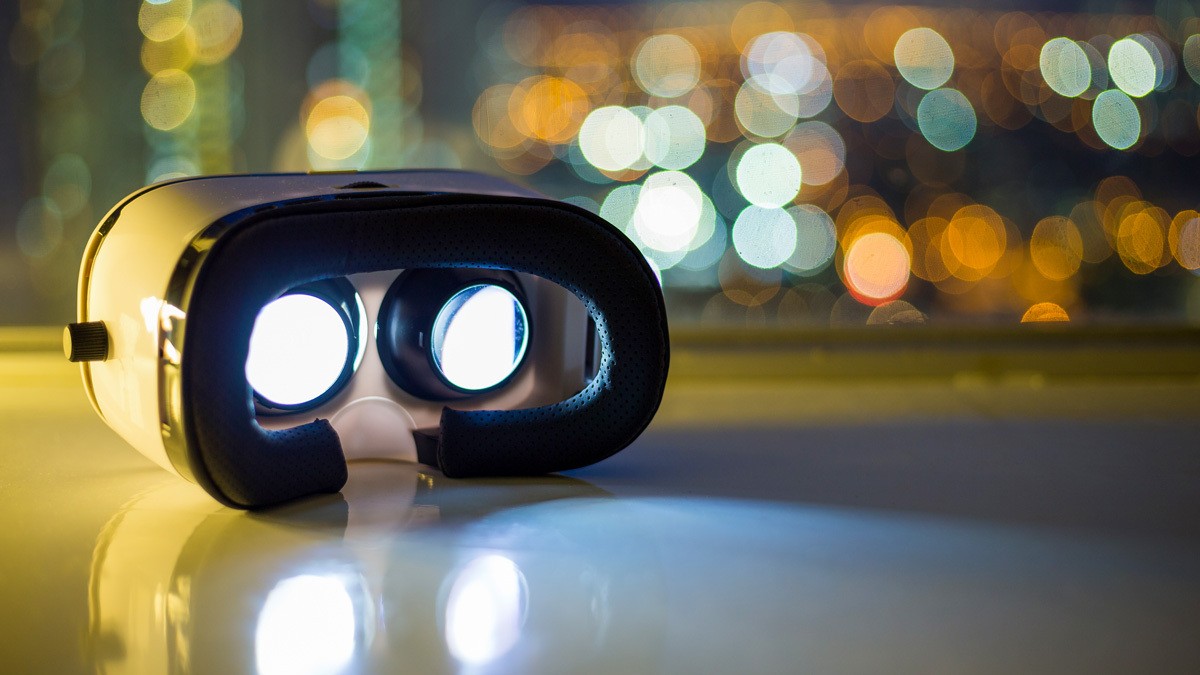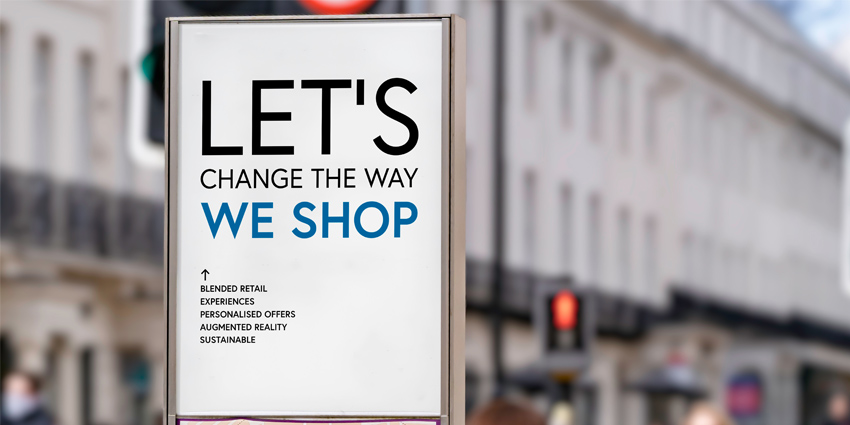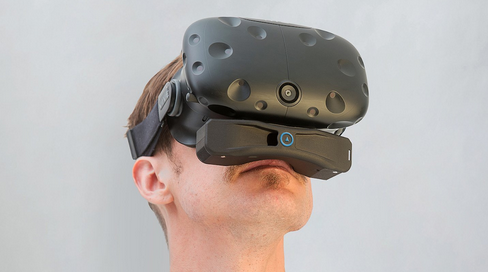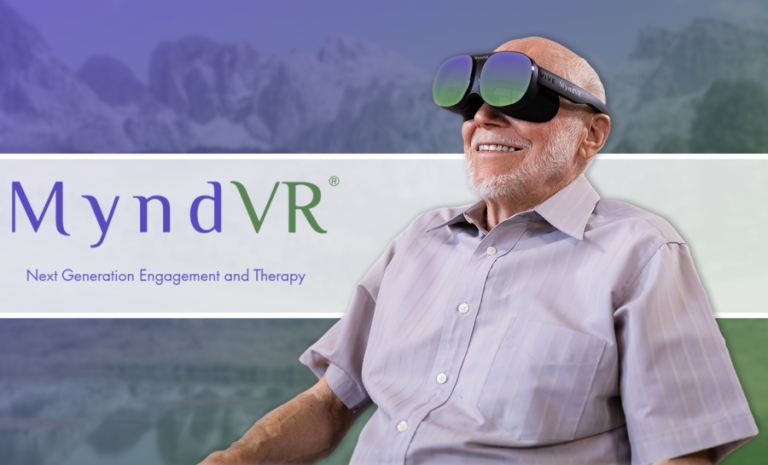The first time I put on a VR headset in 2016, my thought was, “This technology is going to change the world.”
And my second was, “How can we be a part of this?”
I was in the living room with one of my good friends and now co-founder, Will. He invited me over to try VR… Of course, I was intrigued. And also a little skeptical. I was looking at a massive gaming PC with wires running everywhere and a strange-looking headset. (VR still has a major marketing problem!) Even with all of that… it blew me away.
Trying VR in that living room was such a jaw-dropping experience. I still remember the feeling today– how immersive the world felt. From the first moment, I knew this new technology would have a massive impact on our world. And I wanted to be a part of shaping it.
One of my first jobs out of college was with a non-profit organization. Our goal was to reform education in impoverished communities. Reforming is hard. Often, you have to work inside flawed and broken systems. You’re working against decades (or longer) of compounded problems. You can’t just fix one thing; you have to be strategic about addressing the issues that have the biggest impact now and in the long run. It’s a long, hard, uphill battle.
The moment I took off the VR headset for the first time, I realized there could be a unique opportunity. We don’t have to reform anything because this technology is still evolving. Instead, we could be involved from the beginning, forming and shaping XR technology to positively impact society.
In 2016 we came into the XR space with an idealistic and undefined vision of “a positive impact.” But, over the years, we realized that forming XR in healthy ways is an ongoing conversation. For our team, it has meant an evolving conversation. We regularly talk about our values and what the future of XR should look like.
We discovered the positive impact we want to make. We want to help people live more meaningful lives through the power of XR. To give them time to be more present. For purposeful work, deeper relationships, and a better world.
A common theme we come back to often as a team is how easily VR can become just another source of distraction. An escape from reality. So, we focused on one guiding principle:
XR should be used as a tool, not as an escape.
Escapism is one of the most harmful things facing the world today.
We’re addicted to our phones, sucked into social media, binge-watching the next show, chasing the next trend, and disconnected from relationships all around us.
We’re often distracting ourselves from what’s really important. The Metaverse, as it continues to grow, has the potential to be ‘escapism’ on steroids.
There’s a chance that we all look back in 20 years and say, „Wow, where could we be as a society if we weren’t so distracted?” The internet is a powerful tool we’ve used to build a multi-trillion dollar “attention economy.” A digital economy is incentivized to keep people distracted and glued to their screens for as many hours a day as possible.
I get asked all the time, even by people who aren’t very familiar with XR technology, “So, what about the metaverse?” or “When’s it coming?”, or “What will it do to our world?”, etc.
People have real concerns.
The fact that people even ask those questions is a relief to me. We’ve all seen the dystopian future in movies where we spend our waking moments in a digital world.
So, what even is the Metaverse?
The common narrative is that it will be something like we see in Ernest Cline’s fantastic book Ready Player One. The „Oasis.“ Or maybe, the Matrix. Where people are plugged in all day long, living in an alternate reality, disconnected from their physical one.
Honestly? I believe we are already living in the Metaverse.
Many people spend all day at work in front of a screen. In a digital world. We Facetime with our family on break. We go home and spend our evenings watching television or on Twitter. We’re on the internet for work, entertainment, and social connection.
The Metaverse is already here, and we’ve lived in it for quite some time.
But it’s also evolving. And XR could make it more immersive (and addictive?) than we can imagine.
A question we ask ourselves regularly is, “How do we not screw this up?”
To be clear, we’re not against the idea of the Metaverse anymore than we are against the internet. But we’re aiming for a world that uses VR, AR, and MR as tools. Tools to help us build. Not to distract ourselves from life.
Maybe XR can be a tool that will make our work, training, learning, and travel more efficient so that we get time back to spend in the real world.
At the end of the day, meaningful relationships are what life is all about.
The Metaverse is still evolving, and we can shape it in ways that are healthy for society.
What has that looked like for us?
We spent our early years in VR focused on Location Based Entertainment. We built software to help operators manage LBE locations (like VR arcades). At one point, we worked with over 600 locations worldwide.
We looked at the VR/AR landscape and realized that the use cases we were most excited about were all in the enterprise, education, and medical spaces. XR is being used to help pilots train faster, engineers work more effectively, and to train doctors to save lives.
But it wasn’t going fast enough, and companies felt stuck. That’s why we started ArborXR.
Our focus is on one problem: managing XR devices is a nightmare, especially at scale. We want to remove the friction in enterprise, education, and healthcare. In order for XR to grow, it has to be easy to scale. So we created tools for admins to remotely manage XR devices, deploy content, and control what users see and do in the headset.
One of my favorite use cases with XR is Axon (NASDAQ AXON), formerly Taser. They make most of the police bodycams and nonlethal weapons used in North America today. And now, they are working with police departments nationwide to teach conflict management and de-escalation in VR simulations. Their vision is to “eliminate the bullet,” and they use powerful VR training to prepare officers for high-pressure situations. In VR, you can simulate a realistic scenario so that an officer can experience a high-stakes, life-or-death situation and prepare for it.
Police officers can experience the mental intensity of making a quick decision and move their physical body in three dimensions to train muscle memory.
Axon is using XR as a tool. They are using XR to build a better world.
Companies in XR need to put a stake in the ground. We need more conversations around values and vision for XR. And we need the Fortune 500 companies who are pioneers in XR to do the same.
We all should at least ask ourselves, “What world do we want to create with VR?”
For us, the conversation starts with this principle: VR should be used as a tool, not as an escape.
Quelle:




